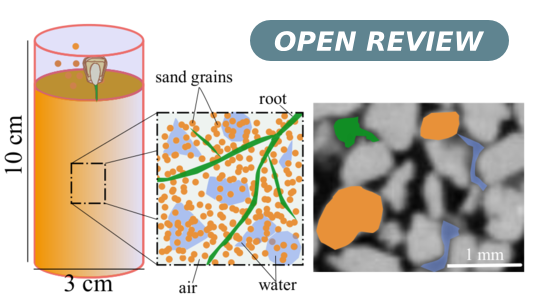Down to the root of vegetated soil: challenges and state-of-the-art
DOI:
https://doi.org/10.4279/pip.140014Keywords:
Granular materials, Root-soil-water interaction, Root-zone hydrology, Fiber-reinforced soil, Unsaturated soil, Root system architectureAbstract
Vegetated soil plays an essential role in confronting climate change. It is the host material where inorganic carbon is stored and green infrastructures are built. The expected impacts of climate change, such as extreme wetting-drying cycles, pose an urgent need to understand the interplay between soil deformation, root growth, and water/solute uptake. The key to this challenge lies in the extension of unsaturated soil mechanics to incorporate bio-hydrological processes, such as root growth and water uptake. In this paper, we first provide an overview of the state-of-the-art knowledge of root-zone mechanics and bio-hydrology. We identify the main knowledge gaps and suggest an integrated, bottom-to-top approach to develop a multidisciplinary understanding of soil-water-root interaction. We demonstrate how emerging experimental and numerical methods can be used to study rooted soil under wetting--drying cycles. Although focused on the biophysical processes at root/soil particle scales, we discuss potential up-scaling from the root to the field scale and further research on remaining challenges, such as the microbial activities in vegetated soil.

Downloads
Published
How to Cite
Issue
Section
License
Copyright (c) 2022 Hongyang Cheng, Floriana A. R. Anselmucci, Xinyan Fan, Yijian Zeng, Stefan Luding, Vanessa Magnanimo

This work is licensed under a Creative Commons Attribution 4.0 International License.
Authors agree to the PIP Copyleft Notice









